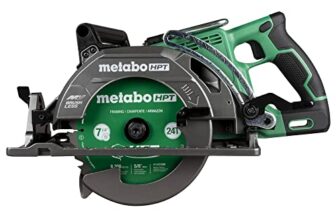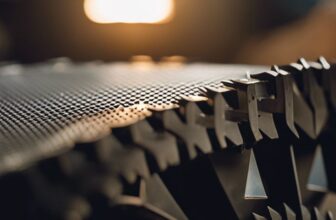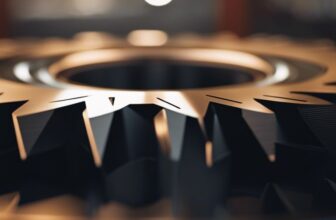What are circular saw blades made of
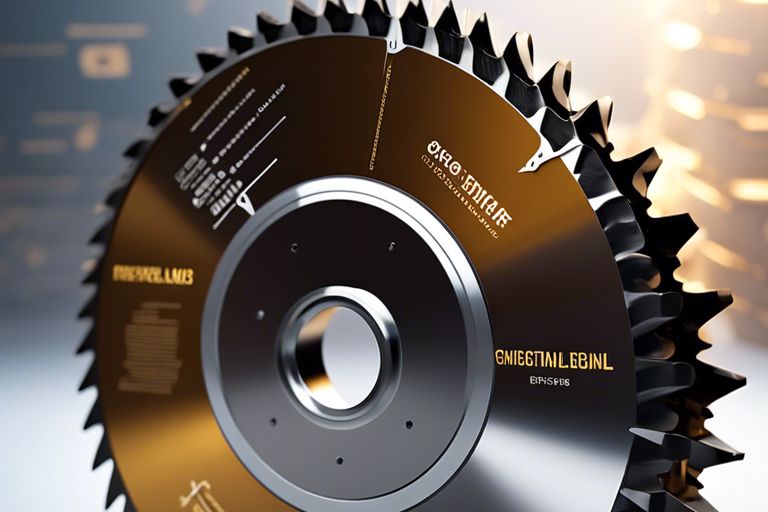
Steel is the material of choice when it comes to crafting circular saw blades, as it offers the perfect combination of strength and flexibility required for cutting through tough materials. These blades are typically made from high-speed steel or carbide, both known for their durability and sharpness. While high-speed steel blades are more budget-friendly, carbide-tipped blades are favored for their longevity and ability to cut through hard metals effortlessly. Understanding what circular saw blades are made of is important for choosing the right blade for the job and ensuring efficient and safe cutting operations.
Key Takeaways:
- Materials: Circular saw blades are typically made of high-speed steel, carbide-tipped, or diamond-tipped.
- High-Speed Steel: These blades are more cost-effective but may need frequent sharpening compared to carbide-tipped or diamond-tipped blades.
- Carbide-Tipped and Diamond-Tipped: These blades are more durable and able to cut through harder materials, making them suitable for high-intensity cutting tasks.
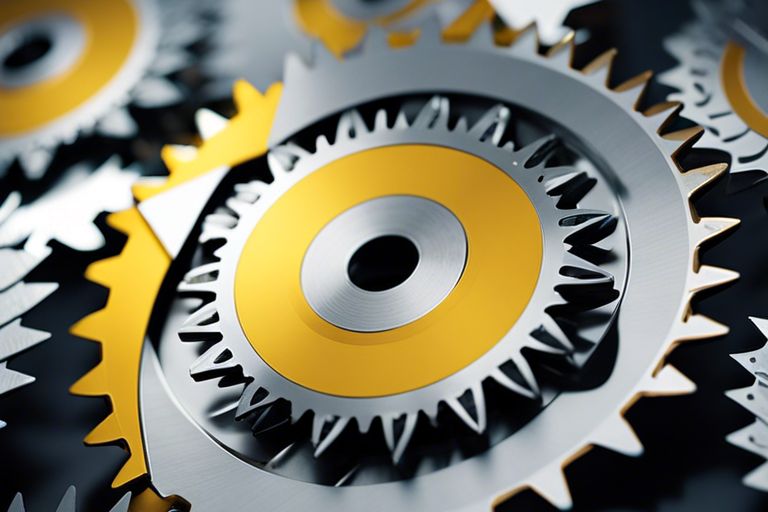
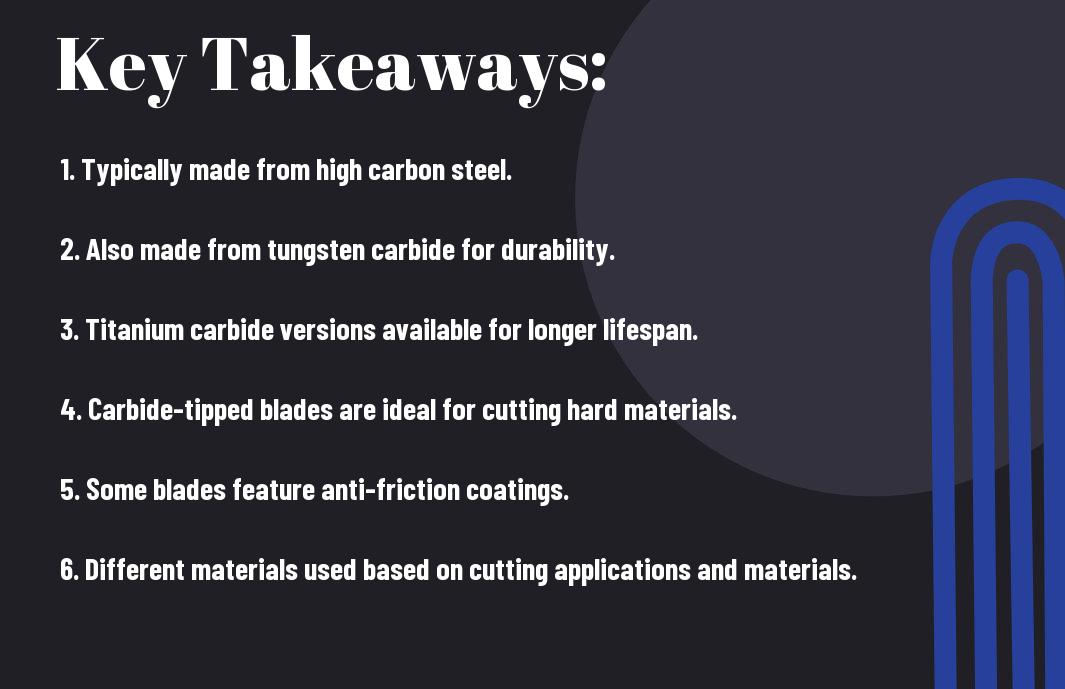
Materials and Manufacturing
Steel Blades
To create steel circular saw blades, manufacturers use high-quality steel alloys that offer durability and strength. Steel blades are capable of cutting through softwoods and light metals with ease. The steel is hardened and tempered to withstand the high-speed rotation and cutting forces encountered during operation. These blades are cost-effective and easy to sharpen, making them a popular choice among DIYers and professionals alike.
Carbide-Tipped Blades
To enhance the cutting performance and longevity of circular saw blades, manufacturers often use carbide tips. Carbide-tipped blades have teeth made of tungsten carbide welded onto a steel blade, providing exceptional cutting power and durability. Thanks to the carbide tips, these blades can effortlessly cut through hardwoods, dense metals, and even concrete. Although they are more expensive than steel blades, the extended lifespan and superior cutting ability make them a worthwhile investment for heavy-duty cutting tasks.
Additionally, carbide-tipped blades maintain their sharpness for a longer period compared to steel blades, reducing the frequency of blade changes and enhancing overall efficiency. These blades are ideal for professional contractors and woodworkers who require precise and clean cuts on a variety of materials.
Blade Coatings and Treatments
Coating Materials for Enhanced Performance
After the circular saw blade is manufactured, it can undergo coating processes for enhanced performance. Coating materials such as carbide, titanium nitride, and ceramic are commonly used to improve the blade’s durability, reduce friction, and increase cutting accuracy.
Heat Treatment and Tempering
To further enhance the properties of circular saw blades, they can undergo heat treatment and tempering processes. These processes involve heating the blade to high temperatures and then rapidly cooling it to improve hardness, toughness, and overall performance.
On top of enhancing the blade’s durability, heat treatment and tempering also help reduce the risk of chipping or breaking during use. This treatment ensures that the blade can withstand the high stresses and temperatures generated during cutting, resulting in a longer lifespan and improved cutting efficiency.
Specialty Materials for Specific Applications
Abrasive Blades for Hard Materials
For cutting through tough materials like concrete, masonry, or stone, abrasive blades are the go-to choice. These blades are made with a composite material of silicon carbide or aluminum oxide grains bonded with resin. The structure of these blades allows for sharper cuts and increased durability when tackling hard surfaces.
Diamond-Edged Blades
An necessary tool for professionals working with extremely hard materials like glass, ceramic, or very dense stones, diamond-edged blades offer unmatched precision and efficiency. Diamond blades are manufactured with synthetic diamonds attached to the blade’s edge through a bonding process. The use of diamonds ensures superior cutting ability and extended blade life.
In the matter of the world of circular saw blades, specialty materials cater to specific cutting needs. Whether working with tough or ultra-hard materials, there is a blade designed to meet the demands of the job. These specialty blades illustrate the versatility and precision available in modern cutting technology.
Maintenance and Sustainability
Blade Sharpening and Care
Many circular saw blades are made of high-carbon steel, carbide-tipped, or diamond-tipped materials to ensure durability and precision cutting. The key to extending the lifespan of your circular saw blade is proper maintenance and care. Regularly inspect the blade for any signs of wear or damage, and clean it after each use to prevent buildup of debris that can affect cutting performance.
Recycling and Environmental Considerations
Maintenance is crucial in prolonging the life of your circular saw blade, but eventually, it will wear out and need replacement. When it’s time to dispose of your old blade, consider the environmental impact. Recycling circular saw blades helps reduce waste in landfills and promotes sustainability. Look for local recycling programs or metal scrap yards that accept old saw blades for proper disposal.
On the topic of Recycling and Environmental Considerations, it’s important to note that improper disposal of saw blades can pose risks to the environment due to the metal content. By choosing to recycle your old blades, you are contributing to a more sustainable approach to waste management and reducing your carbon footprint.
To wrap up
Conclusively, circular saw blades are predominantly made of high-quality steel, such as carbide-tipped and high-speed steel. These materials provide durability and sharpness necessary for cutting through various materials with precision. For those interested in further exploring the composition and quality of circular saw blades, the file test on circular saw blades is an informative resource available on Bladesmith’s Forum.
FAQ
Q: What are circular saw blades made of?
A: Circular saw blades are commonly made of high-speed steel (HSS), carbide-tipped steel, or diamond-tipped steel. High-speed steel blades are durable and best suited for cutting softer materials, while carbide-tipped blades are more resistant to wear and can cut through harder materials like metal and hardwood. Diamond-tipped blades are the most durable and are ideal for cutting abrasive materials like concrete and stone.
Q: What is the importance of the material used in circular saw blades?
A: The material used in circular saw blades is crucial as it determines the blade’s durability, cutting efficiency, and the type of materials it can cut. High-speed steel blades are cost-effective but may wear out faster when cutting harder materials. Carbide-tipped blades offer a longer lifespan and versatility in cutting different materials. Diamond-tipped blades are expensive but provide unmatched durability when cutting abrasive substances.
Q: How should I choose the right circular saw blade for my project?
A: When deciding on a circular saw blade, consider the material you will be cutting, the blade’s tooth count, and the blade diameter. For cutting wood, a blade with more teeth will provide a smoother finish, while fewer teeth are better for cutting through metal or hard materials quickly. Choose a blade diameter that matches your saw’s capacity and ensure it is compatible with the material you are cutting for optimal results.




